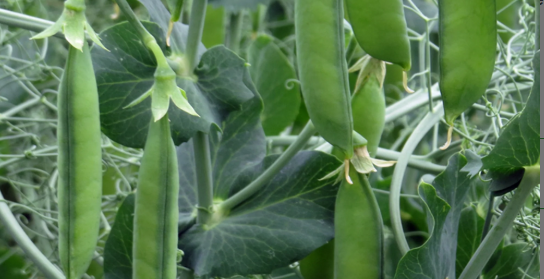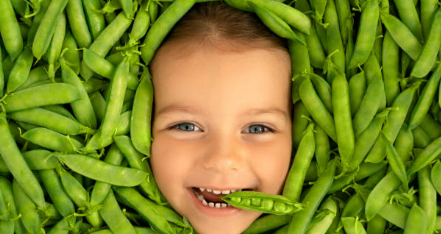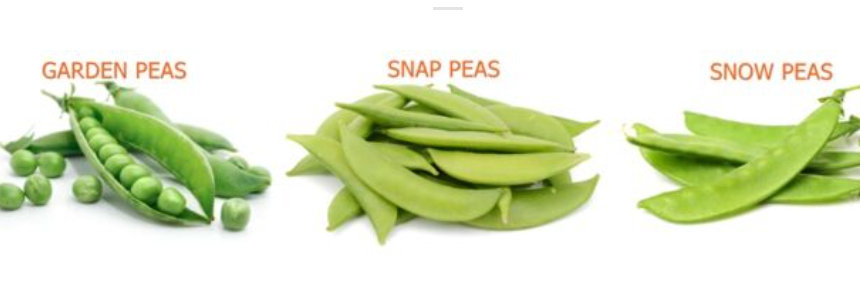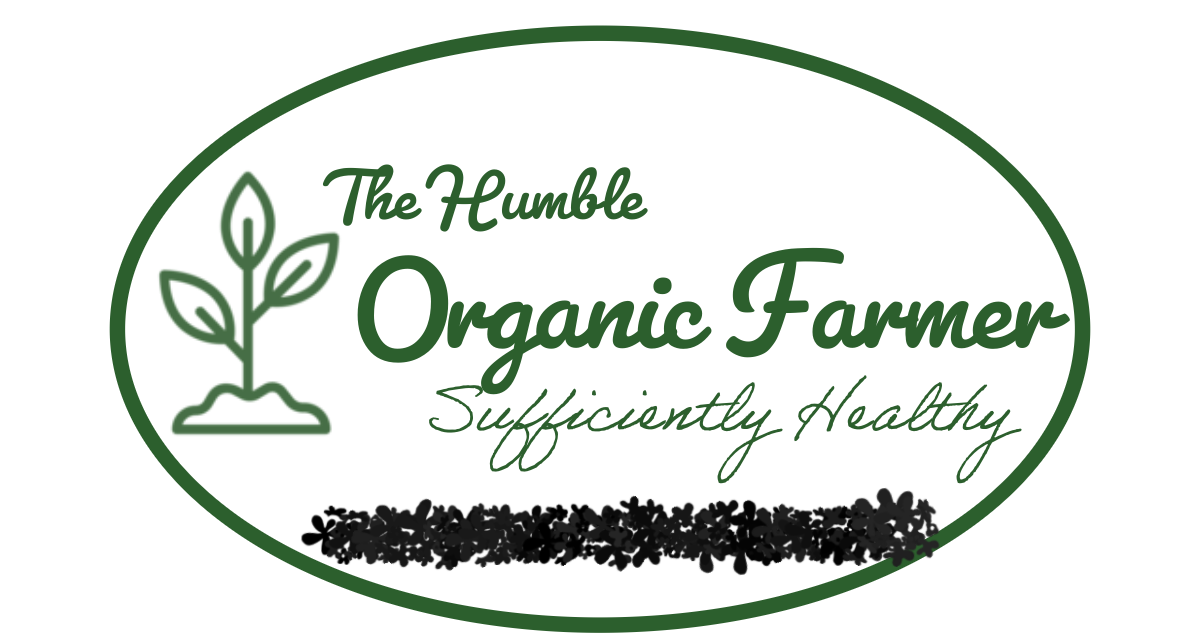Growing your organic peas at home is an interesting and yet experience that offers a bountiful and healthy harvest. Your organic produce is chemical-free, healthy, and tasty, just from your garden. Whether you’re a newbie or a guru gardener, peas are a great choice for your home garden. In this article, I’ll walk you through the necessary steps to grow healthy and organic peas and ensure a sure and promising harvest.

Why Grow Organic Peas?
This is the number one question that every gardener should ask him/herself. Why grow organic peas?
Growing organic peas offers the gardener several benefits. Some of which not only benefit the gardener but also the environment. The following are the basic and most important reasons why you should grow your peas organically.

- Freshness of the Produce. The long stay of the produce on the grocery shelves is present at your home garden. Every pea harvested from the farm is as fresh as you can think. This helps your produce to maintain the taste and the flavor of your produce.
- Healthier harvest: Pesticides, herbicides, insecticides or any poisonous fertilizers have no place in the Organic peas. The absence of these chemicals make your peas to be healthy and delicious also.
- Environmental Sustainability: Often the organic farmer focuses on enriching the soil for maximum productivity. Crop rotation, the use of compost and farmyard manure, and other natural methods of enriching the soil help in improving the soil structure, the activity of the microbes in the soil, and the fertility of the soil in general.
Choosing the Right Variety of Peas
There are many varieties of peas to choose from, and each one of them has some unique requirements. The most common varieties are:
- Snap peas (Sugar Snap): This variety has edible pods and it is commonly known for its sweet, crisp taste.
- Snow peas: Snow peas are not harvested like other varieties. This variety is harvested while the peas inside are still tiny and flat. This makes the entire pod pod edible.
- Garden Peas: This is the most popular type of pea. It is grown for its seeds, which are harvested when fully mature. Garden peas are eaten without their pods. The edible part is the seed or pea itself.

How to prepare the soil
In my garden, the soil and bed preparation are almost the same for most vegetables and legumes. Since our soil is very poor, we first fix it well with chicken manure or compost. Then we raise our beds for better drainage.
Other things to consider include the following.
- Choosing a sunny location: Peas need a good amount of sunlight per day; at least 6 hours of sunlight. Prepare beds in a well-lit spot in your garden.
- Loosen the soil: Fork or tiller does well in loosening the soil. Dig to about 7 inches deep. This ensures that the drainage is well enhanced. .
Planting Your Peas
After a good preparation of soil and site selection, the next step is the actual planting of the seeds. while planting you need to have the right spacing and the depth.
1. Spacing
Plant pea seeds about 1 inch deep and 2 inches apart. Use a space of 12–18 inches apart for easy access to the plants.
2. Watering
After planting, the next immediate step is to water the seeds thoroughly to ensure good soil contact. This is only applicable if you don’t experience enough rain, Otherwise rain water is enough.
3. Mulching
There are many benefits for using mulching. The most common one is to preserve water moisture for a long time. The second, it suppresses the weeds thus helping in weed control. Third, the rotting mulch is rich source of organic matter: which is a good source of nutrients to the crops.
4. Provide Support for Growing Peas
Peas are among the climbing legumes. Once they are about 30cm tall, they need good and sufficient support. You may need to use a trellis, netting, or even a wooden fence.
5. Watering and Fertilizing
Peas like any other legume, need consistent moisture in the soil to thrive. If the water is excess, the crop may die.
Peas have the ability like other legumes to fix nitron in the soil. This reduces the need of heavy fertilization. However organic matter or compost may be sufficient for poor soils.
6. Managing Pests and Diseases
Peas are a good pest-resistant crop. However, depending on the environment some pests like amphids may damage your crops. Among the most common diseases is powderly mildew, which can be handled safely at home.
Related article: Powderly mildew
Organic Pest Control
- Neem oil: Neem oil is very common among the organic farmers. constant and regulated neem oil spray on your peas will help take care of the amphids and fungal infections. It is safe to use with man and does not poison the garden.
- Diatomaceous earth: This is a type of powder made from the sediment of fossilized algae found in bodies of water. It is among the natural and safe insecticides. Sprinkle this powder around the base of the plant to control pests.
7. Harvesting Your Peas
This is among the very last steps in your gardening. Timing is very crucial to avoid harvesting prematurely or even late. The time factor varies from one variety to another and the amount of heat in the atmosphere.
- Snap peas are best harvested when the pods are plump and tender. This corresponds to 60-70 days after planting.
- Snow peas are harvested earlier when the pods are flat and still tender. This corresponds to about 50-60 days after planting.
- Garden Peas are harvested when the pods are mature. This corresponds to 70-80 days after planting.
8. Enjoy Your Organic Peas!
Once harvested, it’s now the skill of the cook to turn around in devising and thinking about appetizing dishes. The good thing is that the fruits from your garden are free of chemicals and rich in nutrients. After harvesting, it’s time to enjoy your hard work.
Storing Your Peas:
As much as the weather may allow, it is best to eat fresh produce from your garden. However, not all places have favorable climates and sometimes you may need to store your produce for future use. In this situation, use a freezer and preserve your harvest for many days.
Conclusion
You must have discovered by now that Growing organic peas at home is not only fun but satisfying too. By following these simple steps and providing your peas with the right care, you can cultivate a thriving garden, a garden that can be admired by all who pass by. It is a work that will never disappoint your health.
Happy gardening!
